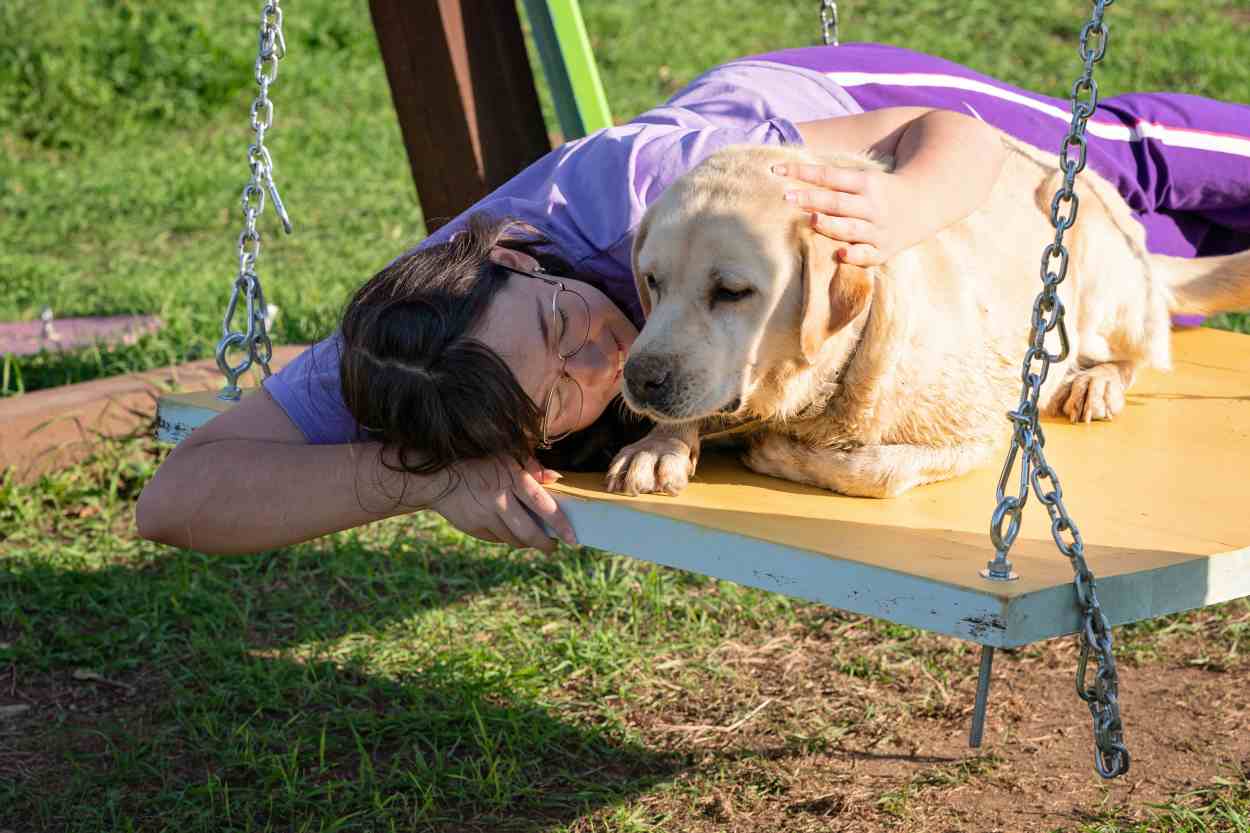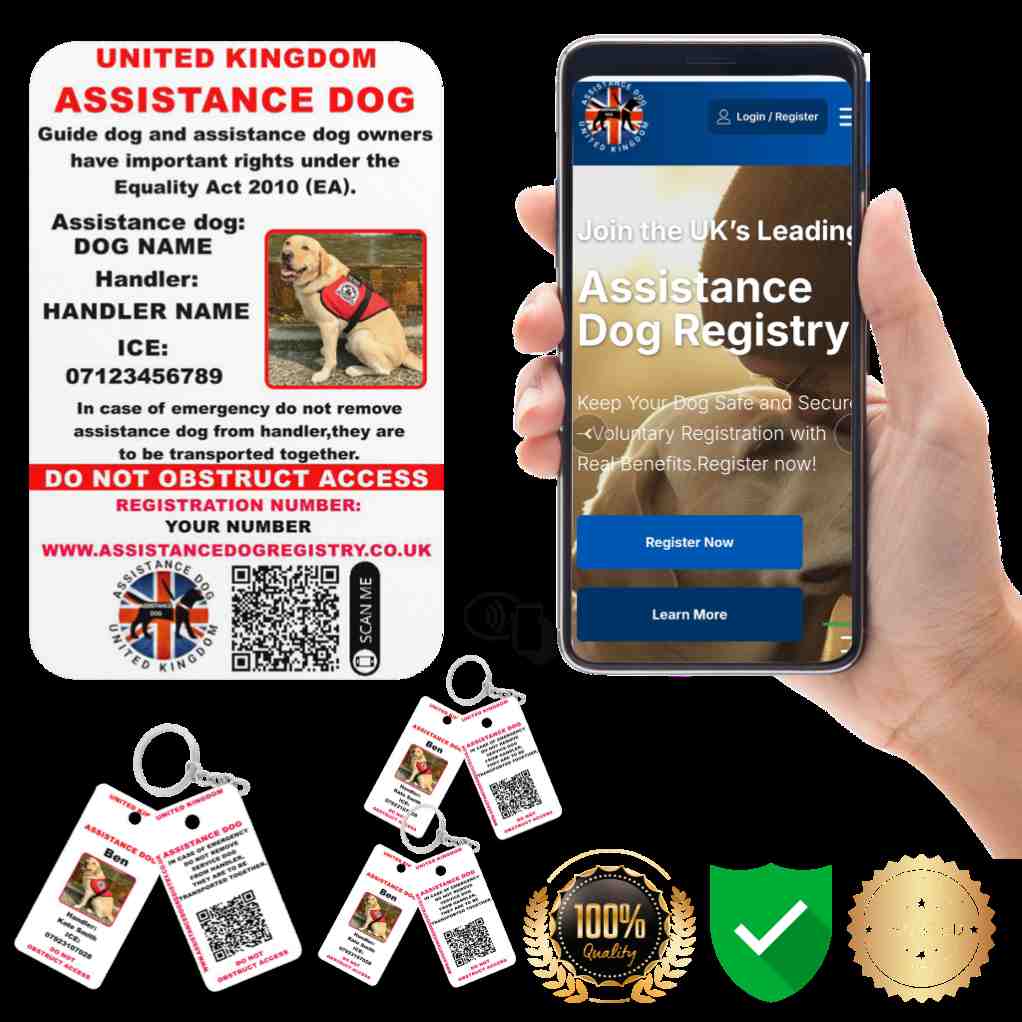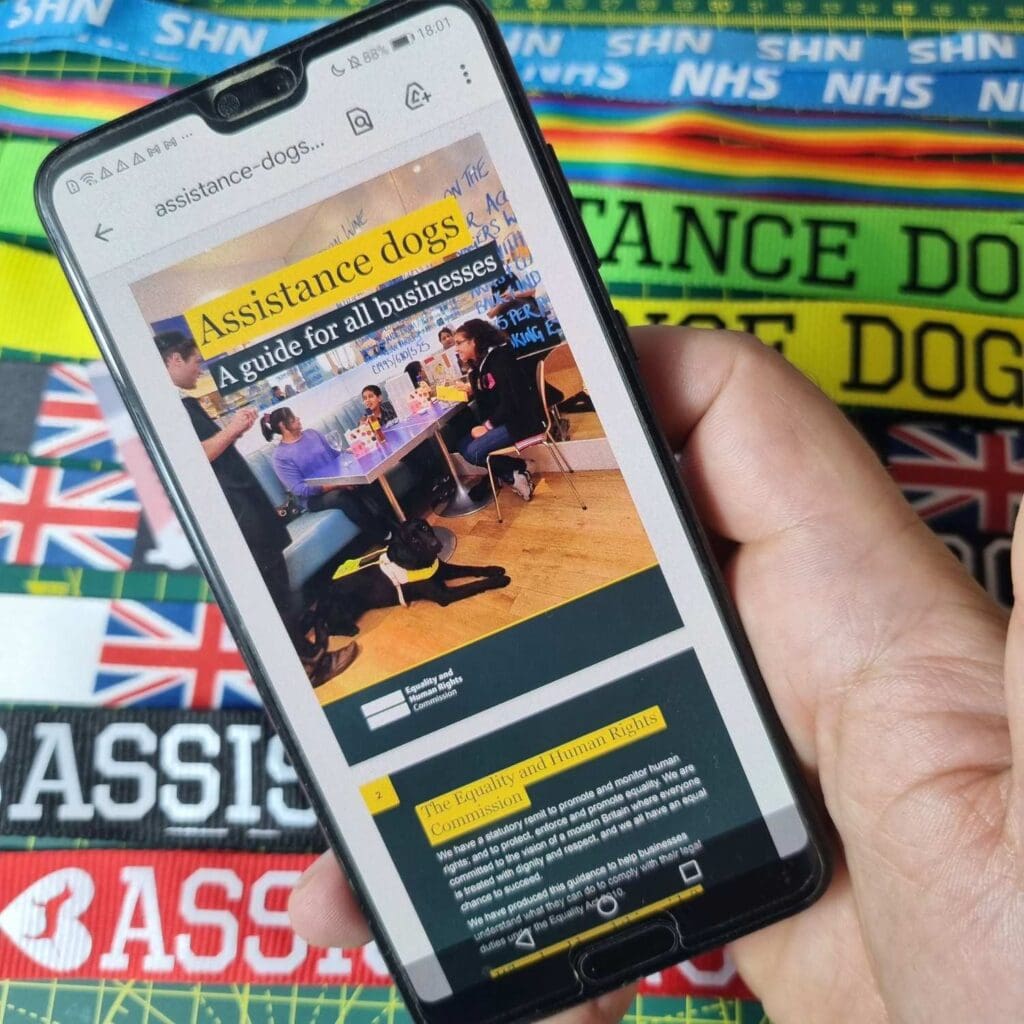
Empower Your Journey: Train an Assistance Dog for Autism
Training your own assistance dog can be incredibly rewarding, especially when supporting a loved one with Autism Spectrum Disorder (ASD). Assistance dogs provide comfort, companionship, and essential help for children and adults with autism. Owner-trained dogs can be just as effective as professionally trained ones.
What Is an Owner-Trained Assistance Dog for Autism?
An owner-trained assistance dog for autism is a dog trained by the owner to provide assistance to a person with ASD. Unlike dogs provided by charities or professional organizations, owner-trained dogs offer:
Lower costs since you aren't paying for professional training programs.
Personalized training tailored to the individual's unique needs.
A deeper bond formed during the training process, which creates a strong partnership.
Benefits of Assistance Dogs for Autism
Owner-trained assistance dogs provide a wide range of benefits to individuals with autism and their families, such as:
Emotional and Behavioral Support
- Assistance dogs provide emotional stability during stressful situations.
- They offer deep pressure therapy by leaning against the person during times of anxiety.
- Dogs act as a calming presence, which helps reduce meltdowns.
Social Interaction and Independence
- Assistance dogs serve as social bridges, making it easier for individuals with autism to connect with others.
- They encourage social interactions, whether at school, in the park, or in public settings.
- The presence of a dog can help boost the confidence of a child with autism, allowing them to feel more independent.
Safety and Security
- Assistance dogs can be trained to prevent bolting in crowded or unsafe areas.
- They help families feel more at ease when in public by staying close to the person they assist.
Training Your Own Assistance Dog: The Key Steps

Training an assistance dog for autism requires time, patience, and dedication, but it is achievable with the right guidance. Here are some steps to help you get started:
Start with Basic Obedience Training
- Begin by teaching basic obedience commands such as sit, stay, and come. These are foundational skills that every assistance dog needs.
- Consistency is key—spend time each day reinforcing these skills to build your dog's discipline.
Specialized Autism Support Training
- Train your dog to recognize signs of anxiety or stress in the person with autism. This might include pacing, repetitive behaviors, or signs of a meltdown.
- Practice task-specific training: teach your dog to nudge, lean, or lay on the person when they need calming.
- Work on public access training, ensuring your dog is well-behaved in public spaces and can handle a variety of environments.
Legal Rights for Owner-Trained Assistance Dogs
Under the Equality Act 2010, assistance dogs, including those that are owner-trained, have the same rights as those trained by professional organizations. This means your assistance dog has the legal right to accompany you in public places, providing crucial support for you or your loved one with autism.
Your dog's registration with the Assistance Dog Registry can also help make access smoother, as it ensures your dog's role is clearly recognized by businesses and the public.
Tips for Success When Training Your Assistance Dog
- Be patient: Training can take time, especially when teaching complex tasks. Stay consistent, and celebrate small victories along the way.
- Socialize your dog: Expose your dog to different people, places, and situations to ensure they are comfortable in a variety of environments.
- Use positive reinforcement: Reward-based training is particularly effective. Use treats, praise, and play as rewards for a job well done.
The Advantages of Registering Your Assistance Dog
While registering your assistance dog is voluntary, it has many benefits:

- Easier access: Registered assistance dogs often experience fewer issues when entering public places.
- Identification: An ID card or NFC tag makes it easier for you to communicate your dog’s role as a working animal to others.
- Community support: Being part of the Assistance Dog Registry community means having access to resources, discounts, and information that can support your journey.
Real Stories: Owner-Trained Assistance Dogs Changing Lives
Families who have trained their own assistance dogs often share stories of transformation:
- Sarah, mother of an 8-year-old with autism, describes how training their dog Max helped her son feel less anxious in new environments.
- John, an adult with autism, says his assistance dog gave him the confidence to navigate daily life independently, improving his quality of life.
Conclusion
Training your own assistance dog for autism is an empowering journey. Not only does it create a strong bond between you and your dog, but it also provides personalized support that truly meets the needs of the person with autism. With patience, dedication, and the right support, owner-trained assistance dogs can offer life-changing benefits, helping individuals with autism lead more fulfilling lives.
Learn More and Register Your Assistance Dog
If you’re considering training your own assistance dog, explore how the Assistance Dog Registry can help you every step of the way. Register today and become part of a supportive community dedicated to enhancing the lives of those with autism through the power of assistance dogs.





